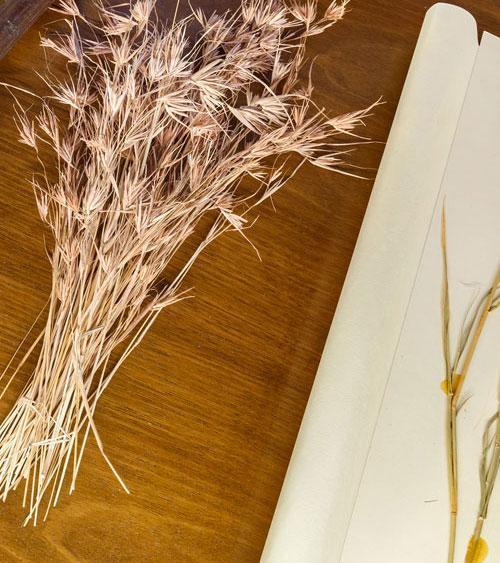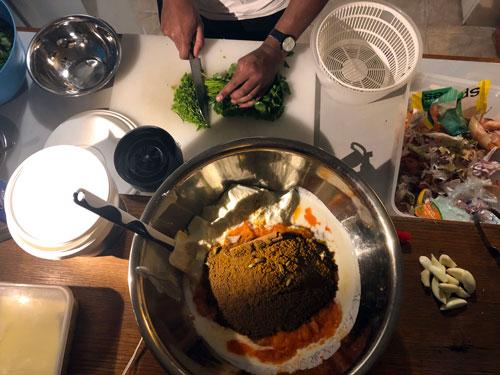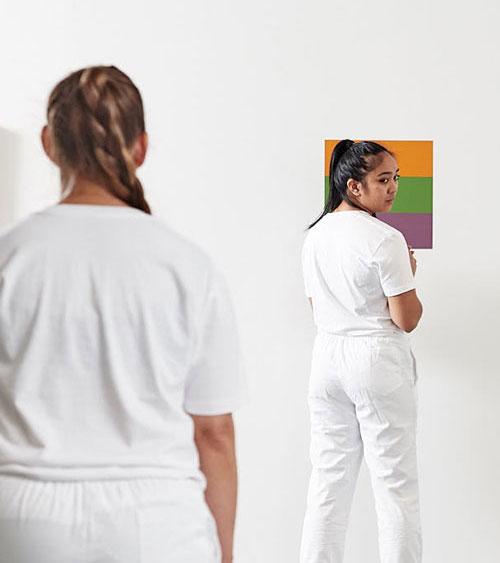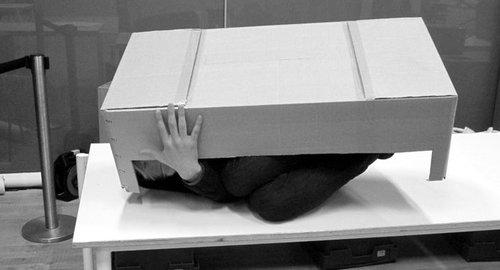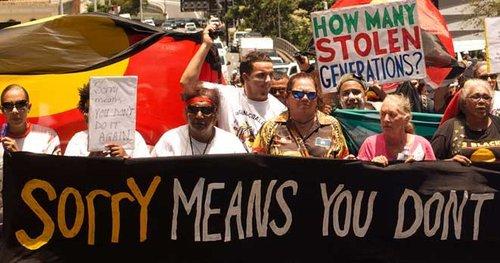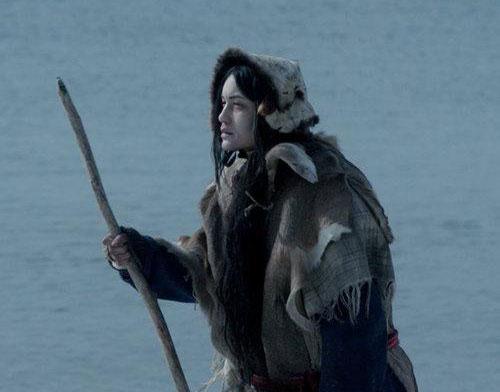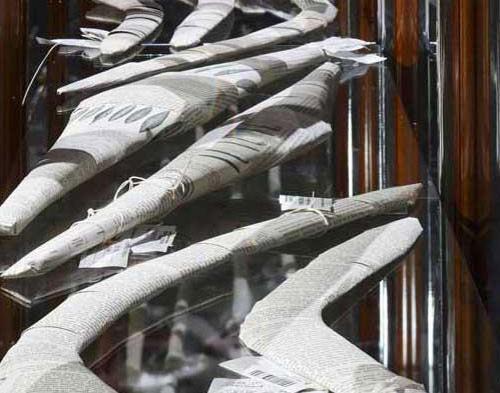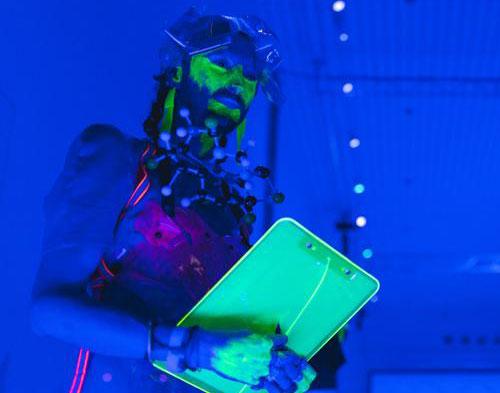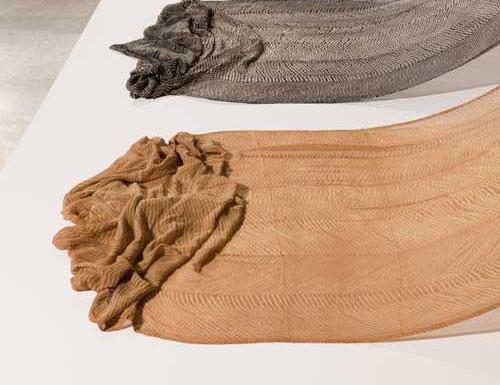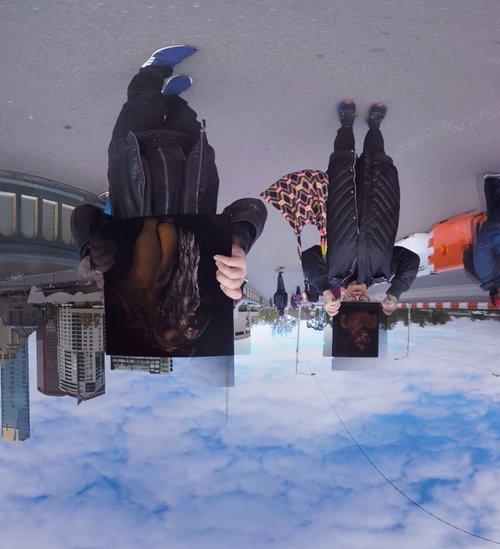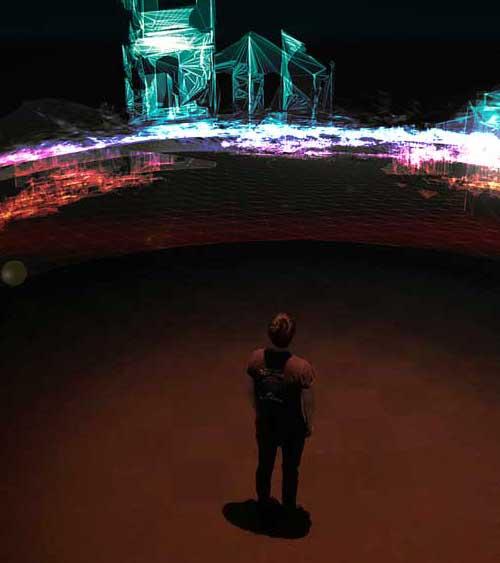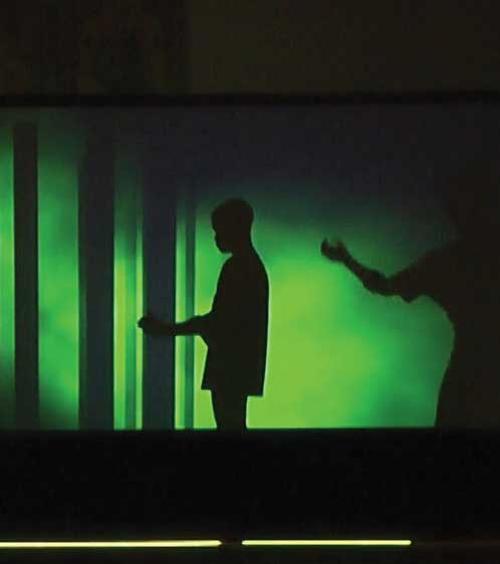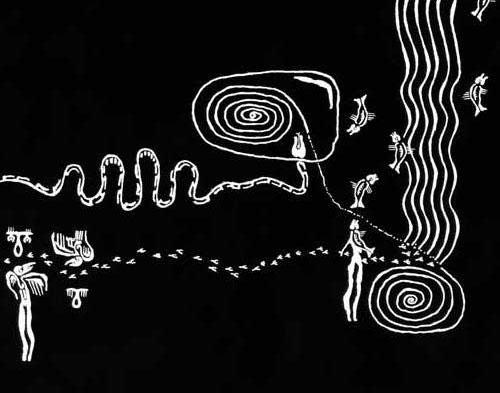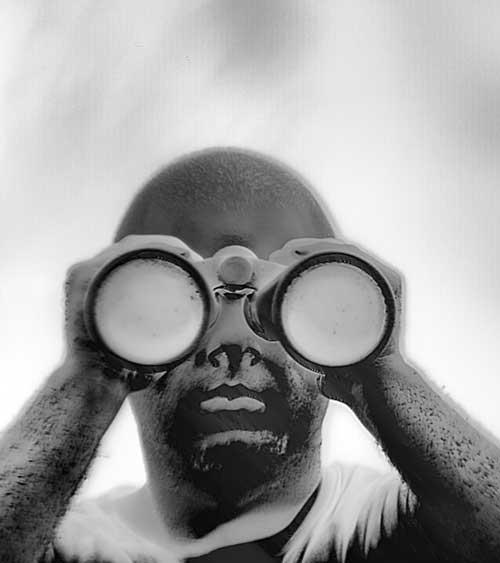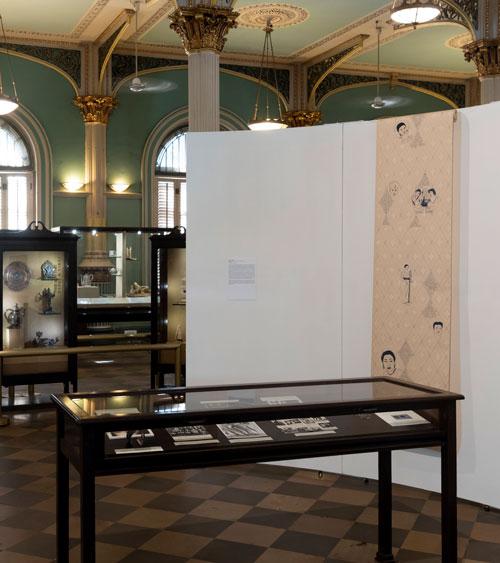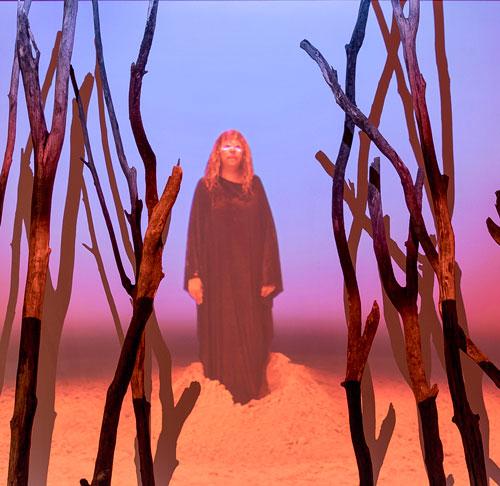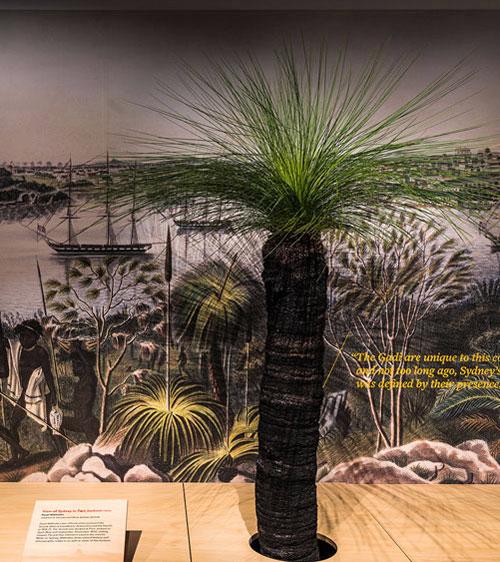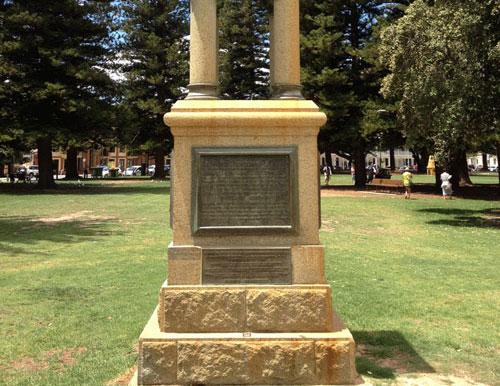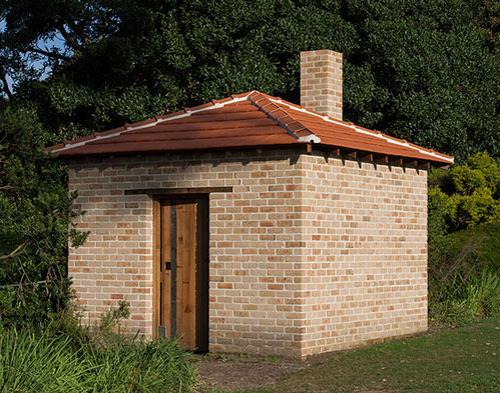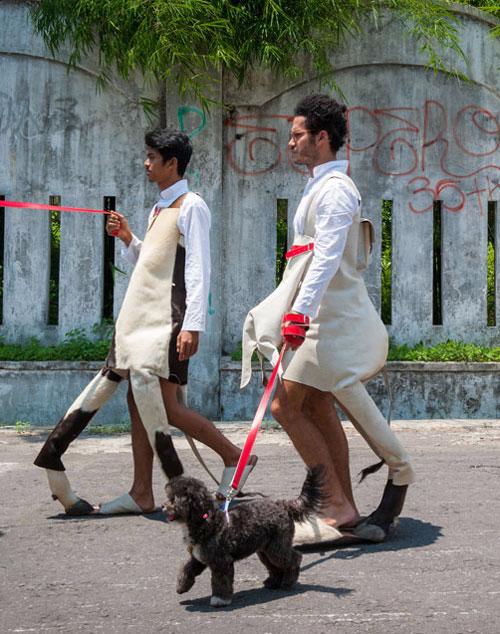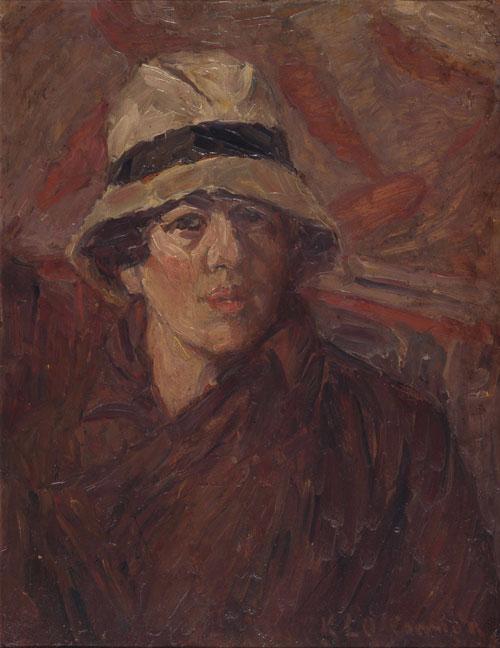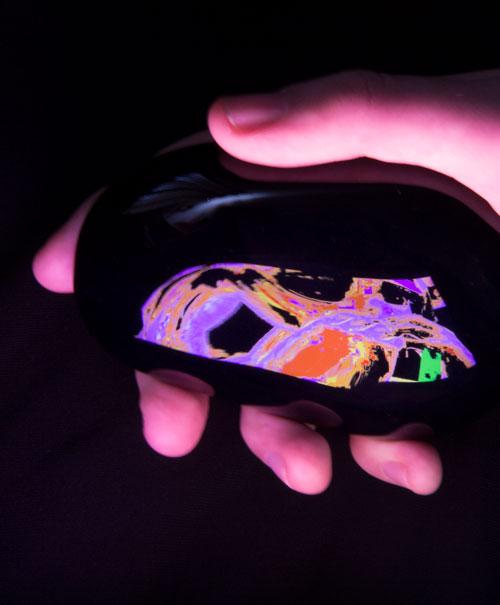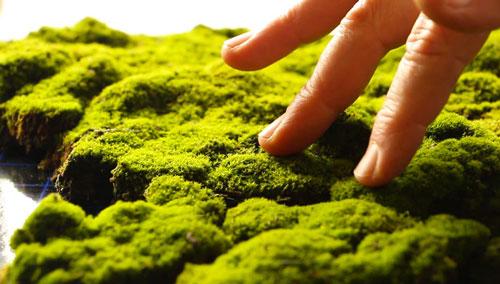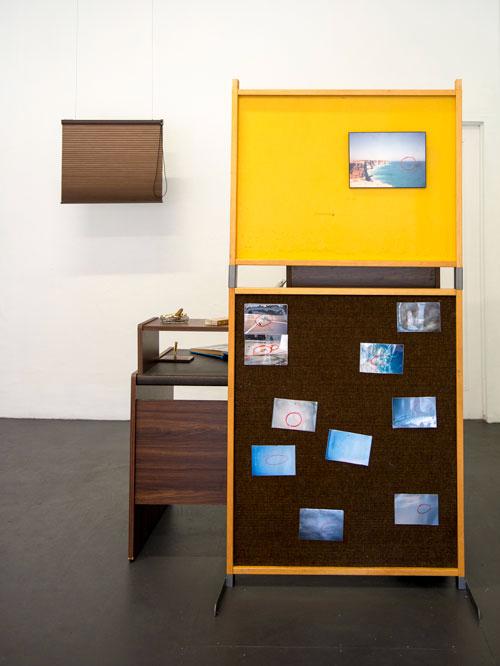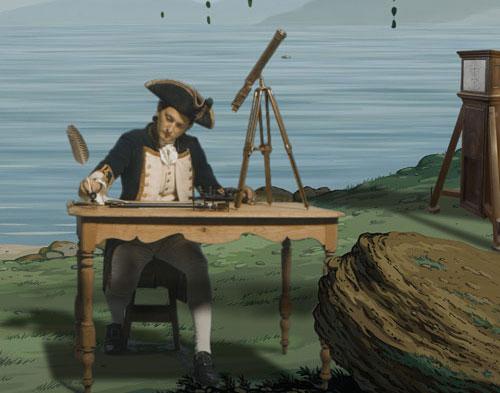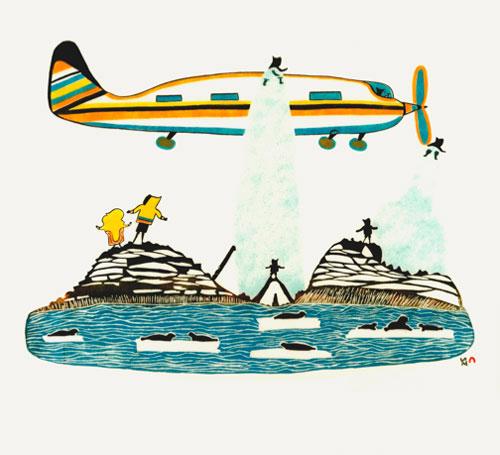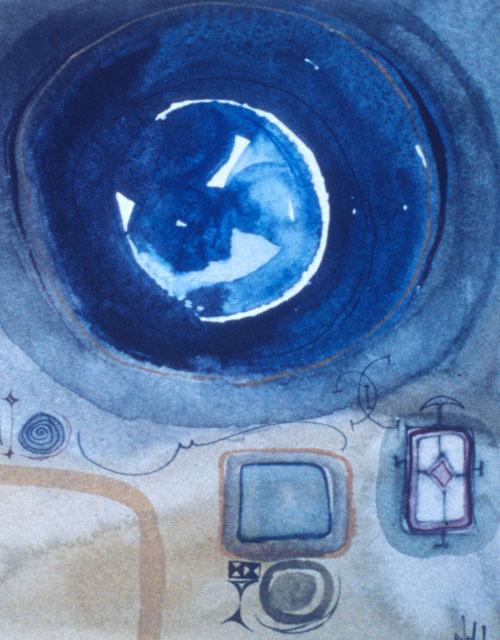Search
You searched in Feature ...
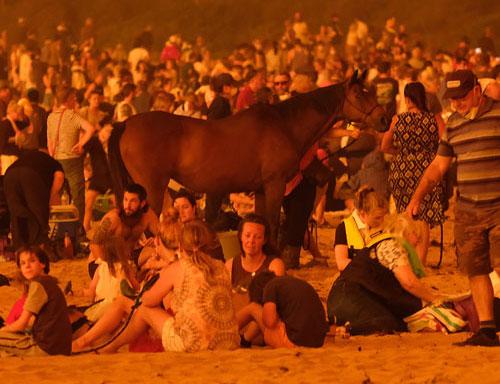
As Samuel Johnson said to Boswell, “Depend upon it, sir, when a man knows he is to be hanged in a fortnight, it concentrates his mind wonderfully.”
I thought of this definitive comment on time as I was writing this article in late December 2019 in the Blue Mountains, in forty degrees temperatures as smoke swirled around outside from fire storms only kilometres away. We had been told to evacuate but we didn’t, we’d been through this before. The car was loaded up, the cats locked in the house and their cages ready to pack and run. But immanent immolation did not concentrate my mind, or only in the wrong way as I compulsively checked FiresNearMe and messaged friends to check they were okay. They often weren’t: several were burnt out, many had life-threatening escapes, and evacuations were commonplace. My friend Ronnie Ayliffe was posting videos of burning trees falling onto the road as she fled her farm and headed for Cobargo, itself already on fire.

In 1906 Alfred Henry Lewis famously stated in Cosmopolitan that “there are only nine meals between mankind and anarchy.” Food has the capacity to bring us together. It is familiar, relational and cultural. But in times of conflict and scarcity, food also can be the trigger for chaos and social disruption. In a world with increasing and unprecedented ecological degradation and economic inequality in the distribution of resources, future food security is a global concern and a food fight to avoid. We are distracted, choking and bloated on choice and misinformation when it comes to food and health (our own and that of the planet).
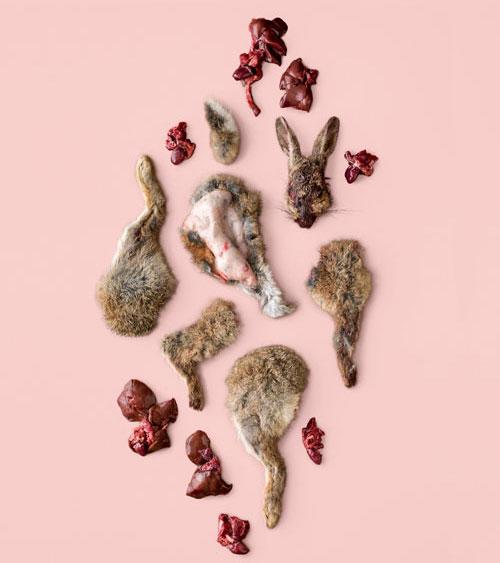
When art meets food, their offspring are often surreal. One need only look back to the ubiquitous presence in kitchens world-wide of reproductions of Giuseppe Arcimboldo’s fruity portraits or René Magritte’s iconic green apple to find triggers for this impulse.
The relationship between food and art has long dominated the world of painting, photography, literature and cinema in an often-noxious pairing of gratuitous ingestion and aesthetics, most notably in Marco Ferreri’s The Grande Bouffe (1975) and Peter Greenaway’s The Cook, The Thief, The Wife and His Lover (1989).

In conversation with Sabrina Baker
In recent years, I have worked alongside Jason Phu on a number of projects, notably My Parents Met at the Fish Market commissioned for West Space in 2017. This professional relationship became a friendship, with Jason often staying with my partner and chef Nagesh Seethiah and I on his frequent trips to Melbourne. Almost every visit would become a conversation over dinner about life, politics, family, careers, love and of course food. These are also recurring topics in Jason’s art practice.

What is curatorial research? And what is a curatorial methodology? I founded the Curatorial Practice PhD at Monash University in 2014. Though new and at the time unprecedented in Australia, it is entirely modelled on the Fine Art PhD, which is now offered by more than two dozen courses in this country. And so these questions were put to me repeatedly. They often felt bewildering, the result of putting the square peg of curating into the round hole of academia. Curating’s entry into academia was an awkward and artificial event, but I believe this event continues to have tremendous potential, and I hope to tease out its implications and possible paths forward in the essay that follows.
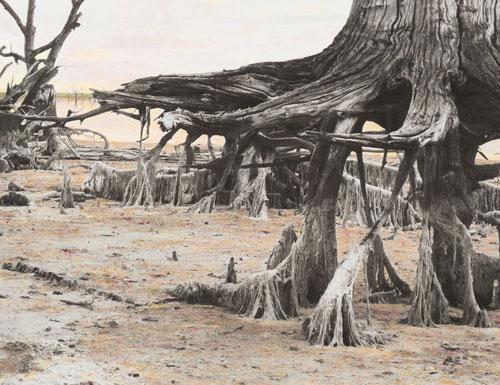
Wardlipari is the homeriver in the Milky Way.
Purlirna kardlarna ngadluku miyurnaku yaintya tikkiarna.
The stars are the fires of people living there. Yurarlu yurakauwi trruku-ana padninthi Wardlipari.
Yurakauwi the rainbow serpent goes into the dark spots in the Milky Way.
Ngaiyirda karralika kawingka tikainga yara kumarninthi.
When the outer world and the sky connect with the water the two become one.

As people walk down that little wharf towards the canoe, I hope they remember how it was back in the day and how our old ancestors used to live and survive. And I want them to think back and imagine if they can, the women out in the canoes, and what it would have looked like and how beautiful it would have looked like with the fires going and we must not forget them, our ancestors. They were some special people. Because all the thousands of years they lived here says it all. It just says it all, how powerful and strong they were. And survivors… still survivors today.
Phyllis Stewart
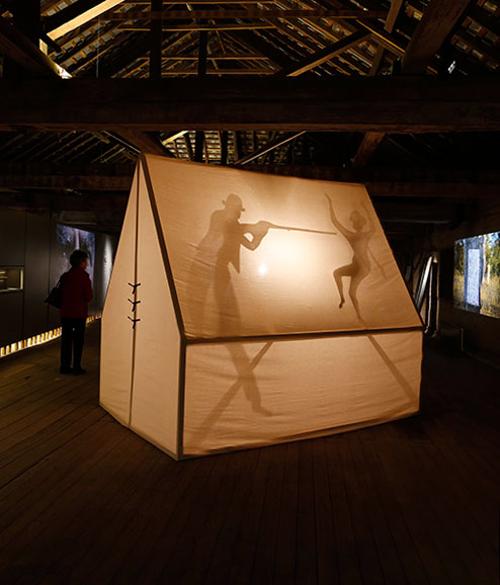
A couple of years ago I quipped to my friend Alec Coles, who had recently taken up the position of CEO at the West Australian Museum, that the spirit of terra nullius lurks beneath the floorboards of every museum and art gallery in Australia. Apparently, he has dined out on this slightly parsimonious comment once or twice since. Alec likes to raise the stakes in discussions with his colleagues about the responsibilities that history demands of them as leaders of major collecting institutions—each with its own problematic legacy in terms of respecting and representing Indigenous culture.

Sometimes the truth is impossible to hear. At year’s end, dinner table conversation turns from climate change to mass extinctions, and people consult their pocket encyclopaedias for facts. Someone asks: “Exactly how many birds in Aotearoa have gone extinct?” Even Wikipedia claims an incomplete list. In Te Ara ecologist Richard Holdaway tells the numbers more clearly: 50% of vertebrate fauna gone in the 750 years since human arrival in New Zealand. Numbers overwhelm in Australia too. Here, humans have been living amidst other animal species for tens of thousands rather than hundreds of years, and the list of extinctions add to our dinner table litany.

Four humanimals creep, crawl, sniff and moan their way through a seated audience, towards an empty performance area which awaits their presence. Snorting and snuffling is audible as the liminal creatures rub themselves against giggling audience members, rolling across laps and crawling under chairs. Their faces are painted with dark bands across the eyes—like a species of bird, bandit, or warrior. When they reach the performance area, they crouch in a circle, continuing their muffled cries as one of them stands.

From the early 1970s, driven by drought and degradation of interior wetlands, the Australian White Ibis (Threskiornis moluccus) began migrating to the nation’s coastal cities, towns and inland centres from north Queensland through to Perth. Ibis have flourished in urban spaces, where there is a ready food supply guaranteed by our endemic over‑consumption. Their robust colonisation and presence has garnered the bird a reputation as unwelcome pests and interlopers, reflected in the quotidian idiom: dumpster diver, flying rat, tip turkey, pest of the sky, trash vulture, dump chook, bin chicken, bin chook.

“I don’t know” sings the chorus in response as Madison Bycroft rallies off quip after quip the characteristics of a mollusc life-world while occupying a mollusc-like dress at the back of the mollusc-like stage. What this lecture-performance Soft Bodies (2017) addresses is a problem that faces much of the arts and humanities in the twenty-first century: a grappling with the ontological becomings and tentacular thinking, of those things that are and are not us. As science continues to illuminate the molecules and viruses that make up our bodies, we are plunged into a world where ideas about what distinguishes us as humans (and our understanding of what a human is) have become increasingly vague. As environmental philosopher Timothy Morton avows in solidarity, we are more non‑human than we are human. So what happens when boundaries that previously demarcated one thing from another disintegrate? And what do molluscs have to do with it?

Theories are living and breathing reconfigurings of the world.
Karen Barad, from “On Touching—The Inhuman that Therefore I am.”
Contemporary animal theory confronts some of the most profound issues of our time—what it means to be human in the Anthropocene, anthropocentrism and the mass extinction of species, the rights of nonhuman animals and the future of ethical thinking. Artists, writers and filmmakers explore these and related issues in works that are experimental and challenging, testifying to this time of crisis. These include Michael Cook’s human–nature studies (Civilised, 2012; Invasion, 2017), Janet Laurence’s work on extinction (After Eden, 2012), Patricia Piccinini’s exploration of the posthuman (Evolution, 2009), Sue Coe’s bearing witness to slaughterhouses (Dead Meat, 1996; Porkopolis, 2001), J.M. Coetzee’s writings on animals and ethics (Elizabeth Costello, 2003, Disgrace, 1999) and Nicolas Philibert’s indictment of zoos in his documentary, (Nénette, 2010).

Vivid and arresting paintings of Australian wildlife are the hallmark of an artist known mononymously as Turbo. Born Trevor Brown (1967–2017) in Mildura, he took up painting in his mid‑thirties after he had relocated to Melbourne. He rapidly gained critical and commercial attention for works using a quick and direct application of pure colour, bursting with raw energy, and featuring a varied cast of native fauna. So exclusive—obsessive, even—was his portrayal of animals that there arose a kind of origin story explaining his single‑mindedness: “Uncle Herb [P]atten, the man he loves as a father, once asked Brown why he only painted animals. He replied that when he was fifteen and living on the Mildura streets and the Murray River bank, the animals were his only friends.” Other explanations Turbo gave for his choice of subject matter included, “Animals are my friends. They come to me in my dreams” and “When I paint, I feel like I’m in the Dreamtime and can see all the animals that live there.”

[I]t is increasingly clear that there are no topics or phenomena to which a feminist analysis is not relevant—at which point it is useful to consider feminist theory ... as a set of techniques, rather than as a fixed set of positions or models.
The state of the art world and of feminism in the twenty-first century ushers in different ways of doing political activism, cultural work and theory. The intergenerational aspects of feminism and how this has been enacted in the visual arts in recent years represents a refreshing change from earlier perceptions of waves of feminist theory that tended to privilege the new. The visual metaphor of the new wave dashing the old against the shore appears to replicate traditional paradigms in what some have called either an Electra or an Oedipal contestation where the new generation kills the old feminist mother in order to please the father (the academy).

I have lifted the title for this essay from Narratives of Dis‑ease (1990), a series of works by the late British photographer Jo Spence. The series was made following the artist’s partial mastectomy for the treatment of breast cancer. Closely‑cropped around her body, the photographs show Spence partially nude, using props and performing emotive gestures, compositions and sight gags that were suggestive of the sub‑titles she ascribed to each individual image: Expunged, Exiled, Included, Excised and Expected.

Why I do them is to be around people that don’t have any fear.
I want to see what it’s like to be around people who are really happy.
Stuart Ringholt’s anti‑anxiety Anger Workshops and stress‑healing Naturist Tours step outside the usual model of clinical healing practices. They revisit the potential of being happy by living in the moment as a form of liberation and group therapy that is creatively driven. The first of the Naturist Tours began as part of a show on art and therapy named Let The Healing Begin (2011) at the IMA in Brisbane. Curator Robert Leonard commented that many regular gallery goers politely declined the invitation to take part, and although he was low key in his advertisement of this aspect of the show, it created a tremendous amount of community and media interest. Fast forward to the subsequent tours through the Wim Delvoye Retrospective at MONA (2011), and James Turrell: A Retrospective at the National Gallery of Australia, and Ringholt’s practice has all but surrendered to the demand, with an accelerated following.

The affective power of a photograph is perhaps never more potent than when the subject is a lost loved one, as Roland Barthes famously discussed on contemplating a portrait of his dead mother. This appreciation of the role of photography is harnessed in a new digital artwork by the Miyarrka Media collective which uses family photographs, including many images of deceased family members, as the basis for an interactive digital artwork about the importance of family and feeling in an age of interconnection.
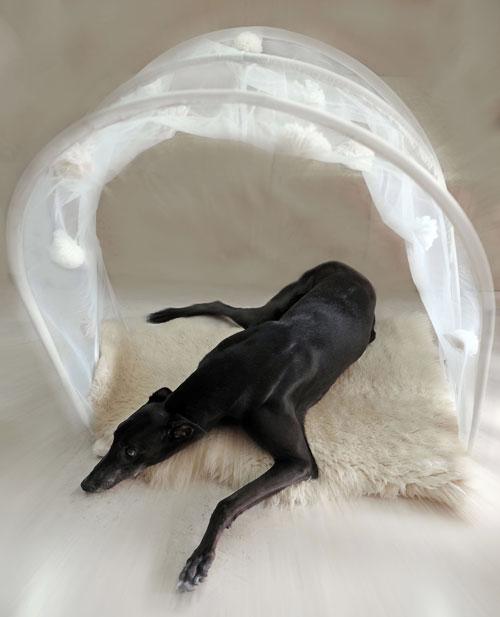
I am autistic. I perceive and experience the world through sensory and cognitive pathways unique to autism. Neuroscience documents this as “sensory atypicality” and “detail‑focused perception.” In terms of lived‑experience, this means the senses react in ways different from the norm, and the mind attends to minutiae that most others dismiss or miss altogether. Autistic sensory‑cognitive idiosyncrasy unpacks in myriad ways, varying from person to person and in modulations that range from intense attraction to extreme aversion.
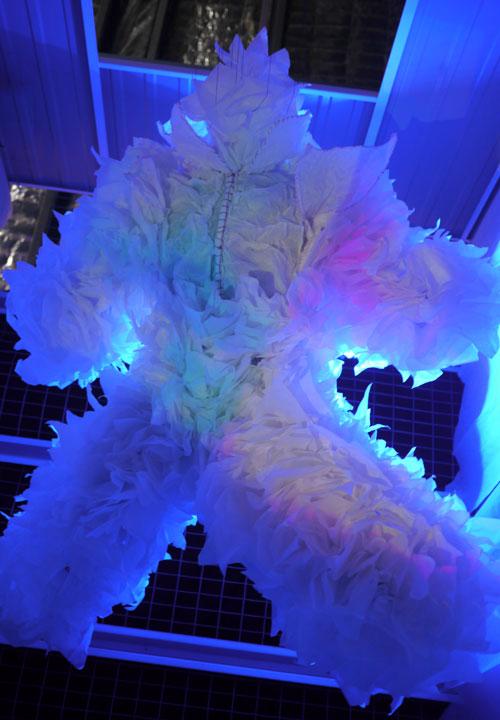
I am in France. I have been working towards a presentation related to my research on panic at the Sorbonne, at a conference called Lire Pour Faire. I am anxious, sick with it, actually. My paper is dry and I need wet. The wet of tears, the wet of biochemicals pumping through blood, the wet of fear-piss. I want to vomit and I want to scream. Instead I sit in my room and hyperventilate. I find my friend and disclose my fears to her. I am in a state. She convinces me to do a practice presentation for a group of people who will be kind and supportive. I perform my disquiet and my insecurity and it is painful, and the pain is felt, and there is silence. There is a sitting back, a sinking down, a closing of laptop lids. There is quiet. Sometime after the quiet somebody tells a story and there is talk, feedback, questioning, exchange, confusion. This is where the research happens. Elsewhere, and otherwise, and afterwards.
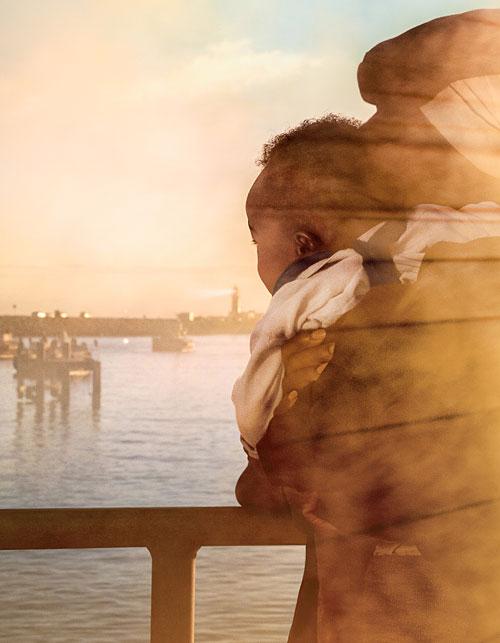
One of Tracey Moffatt’s lasting cinematographic memories, as she told me, is of films with harbour scenes, of working ports, rough workmen, the coming and going of exotic people, fogs, and foghorns. Tracey Moffatt’s photographic and film work commissioned for the Australian Pavilion in Venice responds to this landscape of cinematic time.
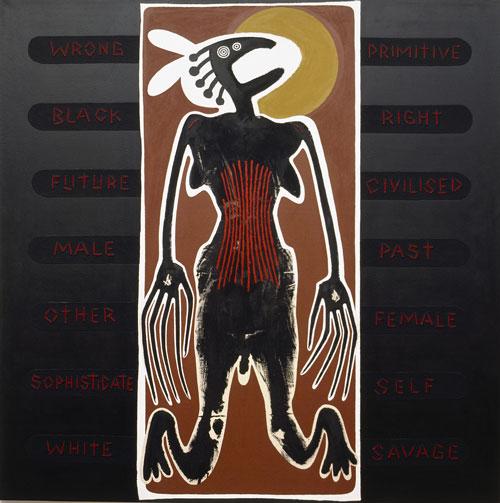
Black is the New White is Nakkiah Lui’s romantic comedy commissioned by the Sydney Theatre Company for the May/June 2017 season. It milks laughs from a stereotypical narrative of a privileged young black woman bringing her inappropriate boyfriend home to meet her parents. The twist—although not much of one these days—is that the boyfriend is white. Black is the New White is also the name of the 2007 autobiography by African American comic genius Paul Mooney. We can reach further back to the early 1990s: to Gordon Bennett’s sweet watercolours of black angels and his more ghoulish messenger between worlds, the large scarified Altered Body Print (Shadow Figure Howling at the Moon) (1994) with its mashed binaries and grotesque white/black, male/female, human/animal totemic‑like monster. Before Bennett there was Tracey Moffatt’s sweet black angel Jimmy Little on the royal telephone to heaven, an ironic serenade to her grim horror film, Night Cries (1989), which unsettled normative understandings of black/white relations with chilling effect.
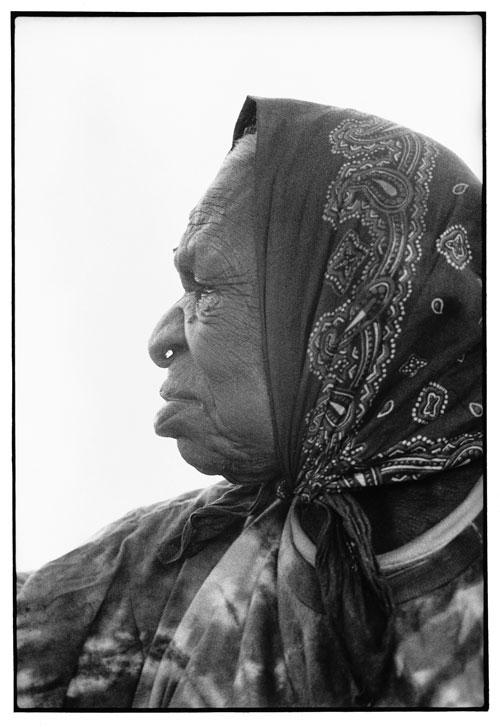
Art critic Robert Hughes made the assessment that Aboriginal art was the last great art movement of the twentieth century. It started at the Aboriginal community called Papunya, in which Aboriginal men had been painting on canvas for the outside market with great success since the 1980s. The Papunya art style, as it became known, sometimes compared to forms of Western modernism—from abstract expressionism to minimalism and even conceptual art—presented a comparison that was rarely taken literally, although some critics of the 1987 Dreamings exhibition in New York did wonder if the Aboriginal artists had been appropriating New York art. But when it came to the late paintings of Emily Kame Kngwarreye, critics really did start to question the relationship between modernism and Western Desert painting, ascribing to her the genius and expressive freedom associated with the masters of Western modernism.

On the cross‑cultural collaborations of filmmaker Lynette Wallworth working with Nyarri Nyarri Morgan and Curtis Taylor
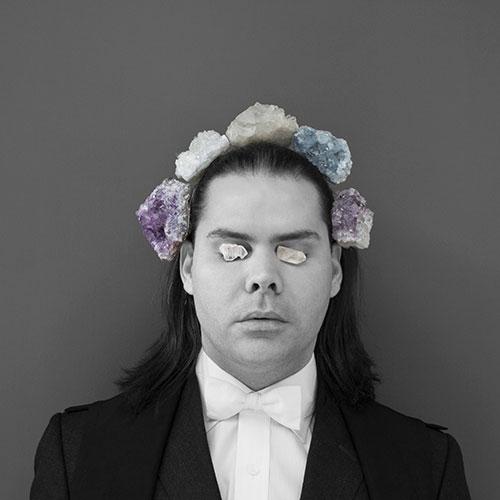
An emerging history of transcultural engagements in recent years is evident in the growing number of projects by Australian Indigenous artists working with collections held by British cultural institutions. From Judy Watson’s research at the British, Horniman and Science museums in the 1990s, to Daniel Boyd’s residency with the Natural History Museum and projects by Brook Andrew and Julie Gough at the Cambridge Museum of Archeology and Anthropology, these Australian Indigenous artists have negotiated complex histories of colonial collecting practices, contemporary modes of museum display, issues of cultural ownership and repatriation, as well as the role of the artist as a new kind of researcher and interpreter of archives and cultural heritage.
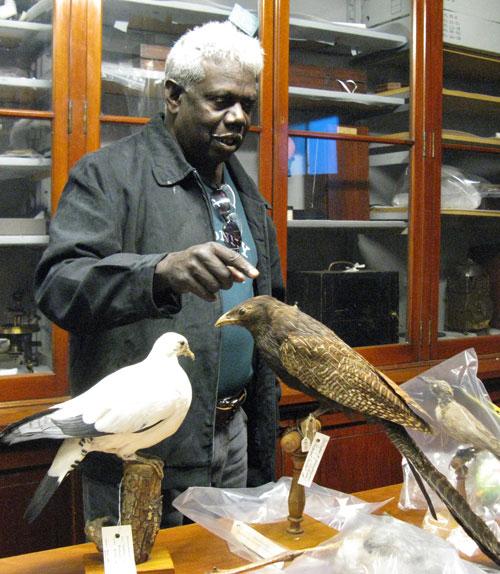
I can remember the first time I was taken into a museum storeroom. I remember it being still, organised, open and unashamed. I could see countless rows of shelving stretching from the floor to a ceiling so high that the optical illusion it created masked its vastness. The air was unmoving, the smell musty and organic. When my eyes adjusted to what lay on these shelves I had trouble taking it all in: wood, feathers, stone, bark, ochre worked in countless combinations. I searched for the clues which would guide me to material from north‑western New South Wales, to my Father’s country, and my ngurrambaa (Yuwaalaraay) or “family land”.

